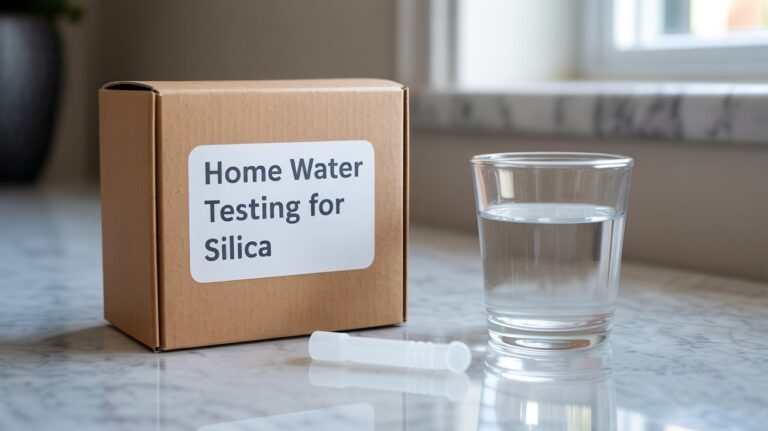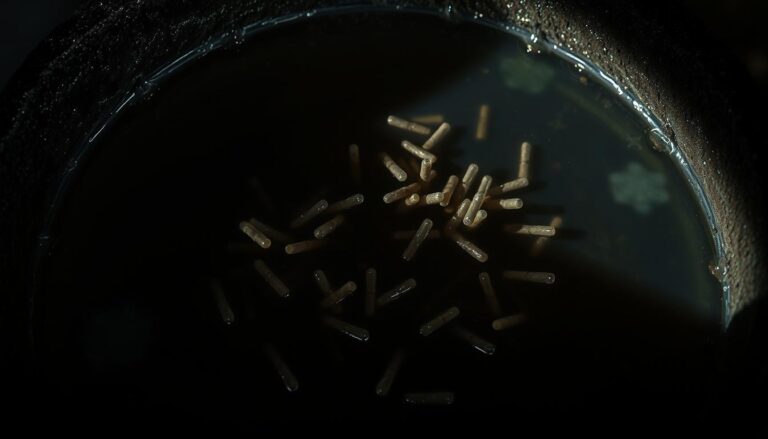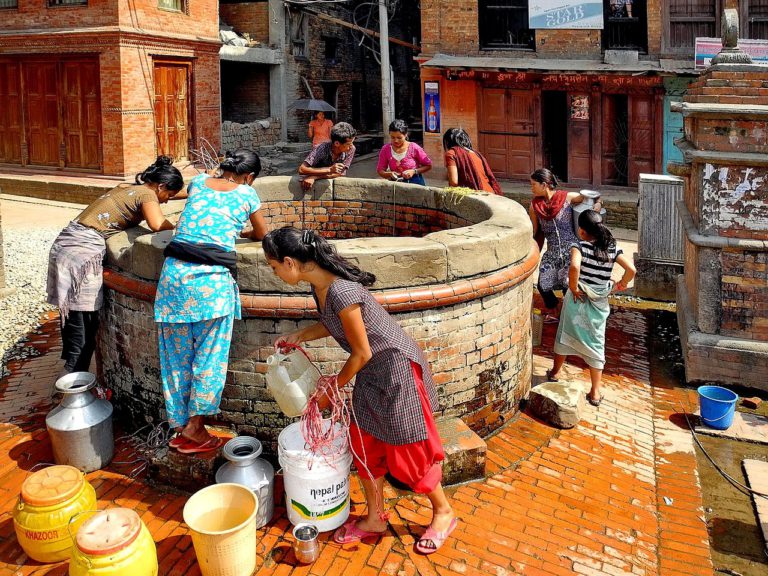How to Remove Manganese From Well Water
Are you tired of dealing with brown or black stains on your laundry, dishes, and plumbing fixtures? It could be a result of manganese in your well water.
Whether you’re a homeowner dealing with manganese contamination or a water treatment professional looking for information, this guide will provide you with all the information you need to say goodbye to manganese for good.
So, let’s dive in!
Key Takeaways:
- High levels of manganese in drinking water can lead to health problems, including neurological effects and increased risk of Parkinson’s disease.
- Signs of manganese contamination include brown or black staining, metallic taste, or odor, and cloudy or discolored water.
- Methods for removing manganese from well water include water treatment systems (reverse osmosis, distillation, ion exchange), oxidation (using chlorine or potassium permanganate), and filtration (activated carbon, greensand, manganese dioxide filters).
- Choosing the right manganese removal system depends on factors such as manganese concentration, budget, and water usage needs.
- DIY methods for removing manganese include using chlorine bleach or hydrogen peroxide followed by flushing or using a sediment filter.
What is manganese, and why is it in my well water?
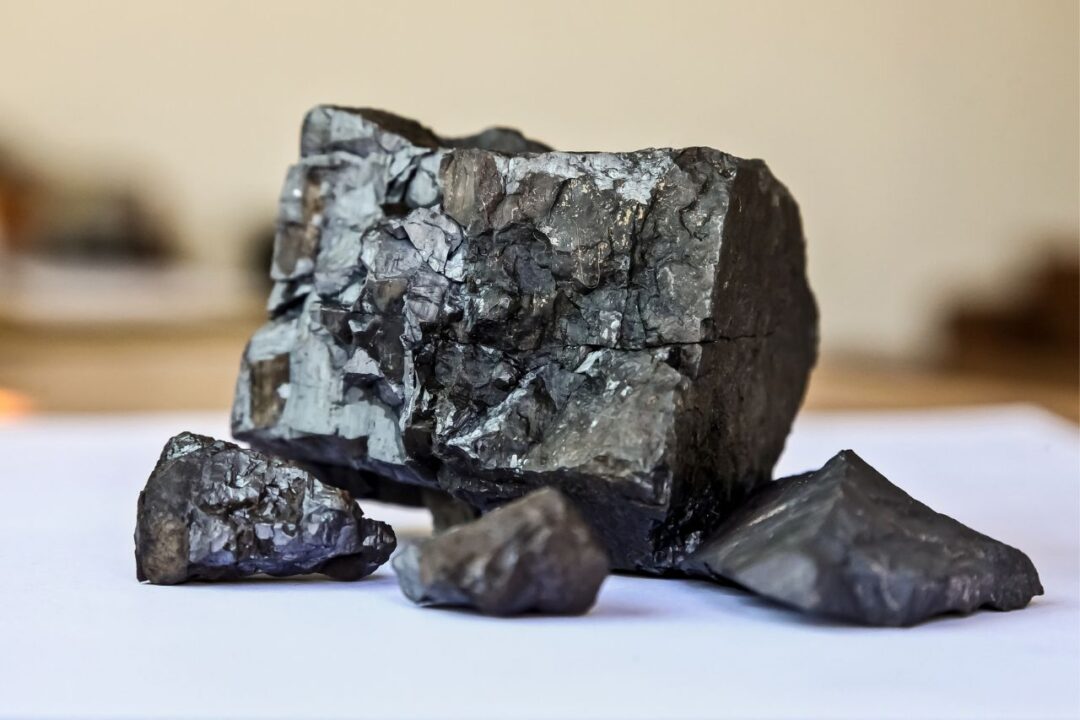
Manganese is a naturally occurring mineral that is commonly found in soil and rocks. It is also present in surface and groundwater sources.
In low concentrations, manganese is not harmful to human health and is even considered an essential nutrient.
However, high levels of manganese in drinking water can have several negative effects on your health and your home.
Manganese can cause brown or black staining on your laundry, dishes, and plumbing fixtures.
It can also give your water a metallic taste and odor. In addition, long-term exposure to high levels of manganese in drinking water can lead to several health problems, including neurological effects such as tremors and muscle weakness.
If you get your water from a private well, you may be at a higher risk of manganese contamination.
Manganese is more likely to be present in groundwater than in surface water sources.
It’s important to test your well water regularly to ensure that your water is safe to drink and use.
Health risks associated with drinking manganese-contaminated water
While low levels of manganese are not harmful, exposure to high levels of manganese in drinking water can have several negative effects on your health.
Long-term exposure to high levels of manganese has been linked to several neurological effects, including tremors, muscle weakness, and cognitive deficits.
It can also increase the risk of developing Parkinson’s disease.
Children and pregnant women are particularly vulnerable to the effects of manganese exposure.
Children who drink water with high levels of manganese may have developmental delays and learning disabilities.
Pregnant women who drink water with high levels of manganese may have a higher risk of preterm birth and low birth weight.
Signs of manganese contamination in your well water
There are several signs that your well water may be contaminated with manganese.
The most obvious sign is brown or black staining on your laundry, dishes, and plumbing fixtures.
You may also notice a metallic taste or odor in your water.
In some cases, high levels of manganese can cause your water to appear cloudy or discolored.
If you suspect that your well water may be contaminated with manganese, it’s important to have your water tested.
A water test can determine the concentration of manganese in your water and help you determine the best course of action for removing the manganese.
How to test your well water for manganese
Testing your well water for manganese is a simple process that can be done by a water testing professional or a DIY test kit.
The most accurate method for testing manganese levels in your water is to send a water sample to a certified laboratory for analysis.
However, there are also several DIY test kits available that can give you a general idea of the manganese levels in your water.
When testing your well water, it’s important to also test for other contaminants that may be present, such as bacteria, nitrates, and arsenic.
A comprehensive water test can give you a complete picture of the quality of your well water.
Removing manganese from well water: treatment options

There are several methods for removing manganese from well water, including water treatment systems, oxidation, and filtration.
The best method for removing manganese from your well water will depend on the concentration of manganese in your water and other factors such as pH and alkalinity.
Water treatment systems
Water treatment systems are a popular method for removing manganese from well water.
There are several types of water treatment systems available, including reverse osmosis, distillation, and ion exchange.
These systems work by removing the manganese from your water through a chemical process or a physical filtration process.
Reverse osmosis systems use a semipermeable membrane to remove contaminants from your water.
Distillation systems work by boiling and condensing your water to remove impurities.
Ion exchange systems work by exchanging ions in your water with ions in a resin bed to remove impurities.
Oxidation
Oxidation is another method for removing manganese from well water.
This process involves adding an oxidizing agent, such as chlorine or potassium permanganate, to your water to convert the manganese into a solid form that can be filtered out.
This method is effective for removing high levels of manganese from your water but can be expensive and may require additional filtration steps.
Filtration
Filtration is a simple and effective method for removing manganese from well water.
There are several types of filtration systems available, including activated carbon filters, greensand filters, and manganese dioxide filters.
These filters work by trapping the manganese in a physical filter media, such as activated carbon or manganese dioxide.
Choosing the right manganese removal system for your well water
Choosing the right manganese removal system for your well water will depend on several factors, including the concentration of manganese in your water, your budget, and your water usage needs.
It’s important to have your water tested before choosing a manganese removal system to ensure that you select the right system for your needs.
Water treatment professionals can help you determine the right manganese removal system for your well water.
They can also help you install and maintain your system to ensure that it continues to provide high-quality water for your home.
DIY methods for removing manganese from well water
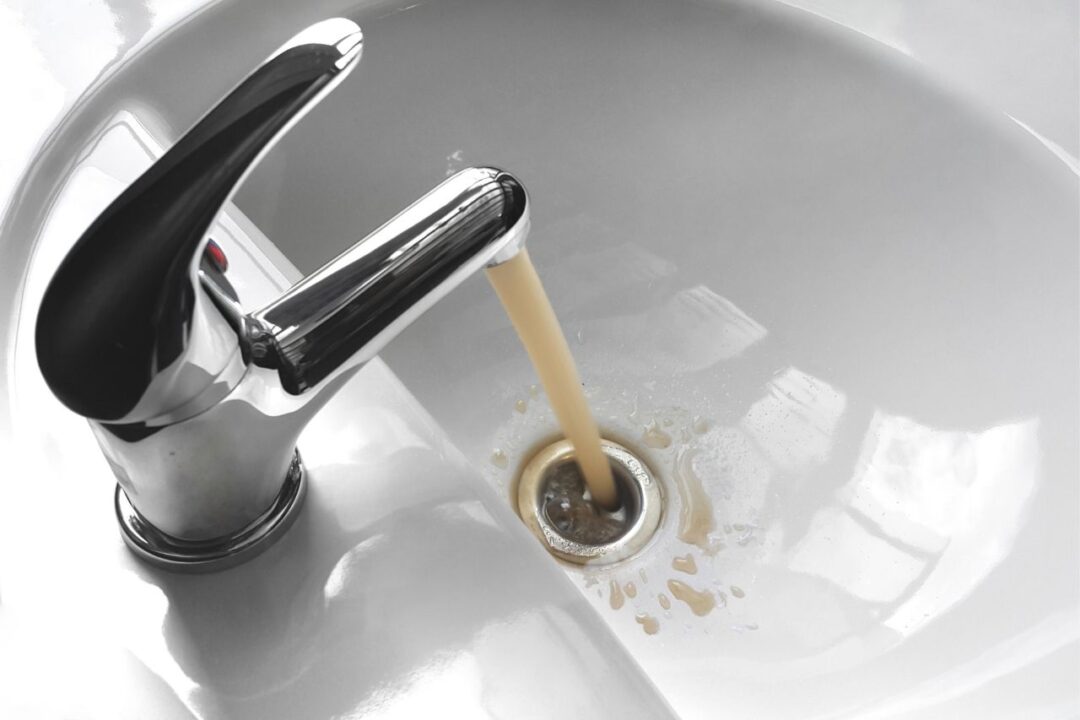
There are several DIY methods for removing manganese from well water that you can try before investing in a water treatment system.
One method is to add chlorine bleach to your well to oxidize the manganese and then flush your system to remove the solid particles.
Another method is to add a hydrogen peroxide solution to your well to oxidize the manganese and then use a sediment filter to remove the solid particles.
While these DIY methods can be effective for removing small amounts of manganese from your water, they may not be sufficient for high levels of manganese contamination.
It’s important to have your water tested and consult with a water treatment professional before attempting DIY methods for removing manganese from your well water.
Preventing manganese contamination in your well water
Preventing manganese contamination in your well water is the best way to ensure that your water remains safe and high-quality.
There are several steps you can take to prevent manganese contamination in your well water, including:
- Regularly test your well water for manganese and other contaminants
- Seal your well to prevent surface water contamination
- Maintain your well and water system to prevent corrosion and leaks
- Use a water softener to prevent mineral buildup in your pipes and fixtures
- Install a sediment filter to trap solid particles before they enter your water system
By taking these steps, you can help prevent manganese contamination in your well water and ensure that your water remains safe and high-quality for years to come.
Conclusion and final thoughts
Manganese contamination in well water can be a frustrating and potentially harmful problem for homeowners.
Fortunately, there are several methods for removing manganese from well water, including water treatment systems, oxidation, and filtration.
By choosing the right manganese removal system for your well water and taking steps to prevent contamination, you can ensure that your water remains safe and high-quality for you and your family.
Remember to test your well water regularly and consult with a water treatment professional if you suspect that your water may be contaminated with manganese.


